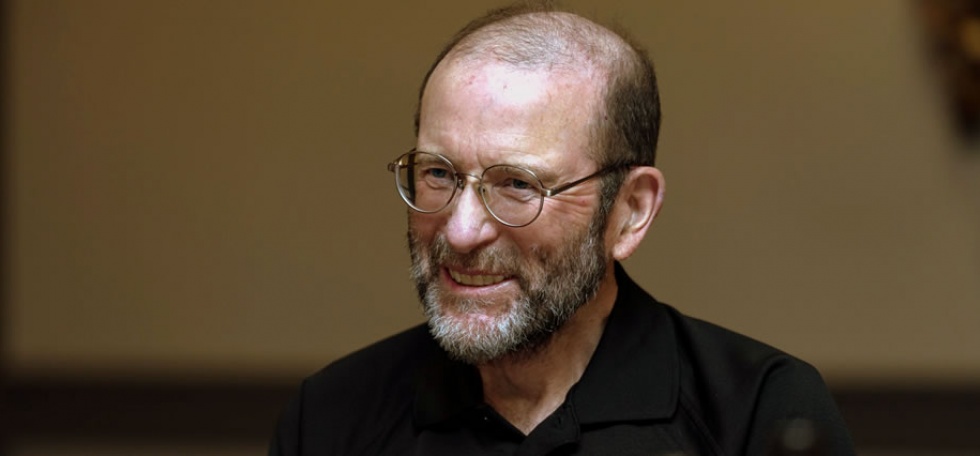Dr. Brian Graham

Dr. Graham is a world-renowned researcher on pulmonary function studies. He is currently a Professor Emeritus at the University of Saskatchewan in the Division of Respirology, Critical Care and Sleep Medicine and has been a member of the Division since 1976. He served as the CEO of The Lung Association – Saskatchewan from 1985-2016. He served on several, provincial, national, and international committees and task forces related to lung health. He has most recently been a co-chair of the joint American Thoracic Society and European Respiratory Society task force in charge of developing international standards for the measurement of diffusing capacity of the lung for carbon monoxide (DLCO).
You recently published “2017 ERS/ATS standards for single-breath carbon monoxide uptake in the lung”. Can you explain the key points from the publication?
The single-breath carbon monoxide uptake in the lung is usually called Diffusing Capacity and is abbreviated as DLCO. It is a measure of the ability of the lungs to transfer gas from the air that we breathe into the bloodstream, which is the primary job of lungs. DLCO is the second most common laboratory test of lung function after spirometry. In order to obtain measurements of DLCO that are accurate and reliable, it is necessary to have technical standards for the procedures and equipment being used in the test. Global standards are developed jointly by the American Thoracic Society (ATS) and the European Respiratory Society (ERS). Since the last standards were developed in 2005, there have been advances in the technical capability of equipment and our understanding of factors that affect DLCO. I was honoured to be appointed chair of an international group of researchers to bring the technical standards for DLCO measurement up to date.
Why is this research needed? What are the practical implications of this research for Saskatchewan residents?
The practical implications of the new standards will be that DLCO will be measured with improved accuracy and precision. This will assist in the diagnosis of several lung diseases. It will also be beneficial in monitoring disease progression and the effect of treatments and disease management.
What drew you to pulmonary function research?
From the beginning of my career, I have had a strong interest in instrumentation and techniques to measure how well the lung works. I am an engineer and I am fascinated with the complex mechanical function of the lung as well as the physiology of breathing. My first research grant was provided by the Lung Association which permitted me to explore the area of lung function. I have benefited from Lung Association research funding throughout my career.
What are the next steps in your research? Are there any other questions you’re looking forward to exploring?
Two of the next steps have already been taken. Firstly, in September we published the results of four years of work to develop global reference values for DLCO. We collected over 10,000 DLCO tests from 19 centres around the world to develop equations that predict the normal value of DLCO based on a person's age, height, and gender. The size of a person's lungs also depends on ethnicity because different ethnicities have different body types. Unfortunately, there was not sufficient data from Asians, Africans, or African Americans to develop equations for these groups. Our preliminary studies in Plains Cree in Saskatchewan indicate that First Nations people may have bigger lungs than expected. A project is also underway to review DLCO in African Americans.
Secondly, a new standard reporting format for lung function tests will be published in December. We have developed a standard report form to eliminate errors and confusion that arise when patients are tested in different facilities.
Another important next step will be to update the technical standards for spirometry. Spirometry is the most common breathing test. It measures how much air a person can breathe in and out and how fast the air can be blown out.
